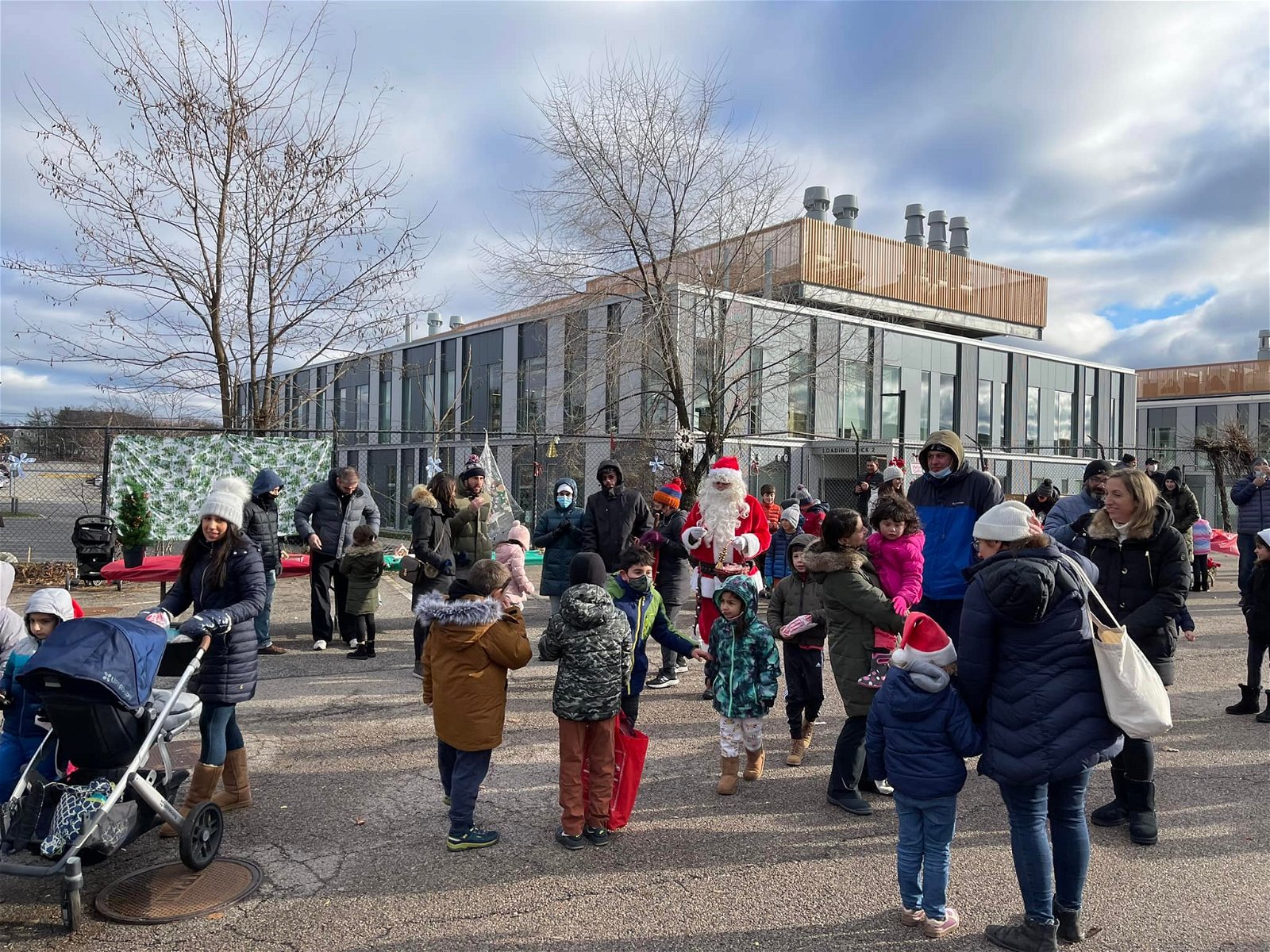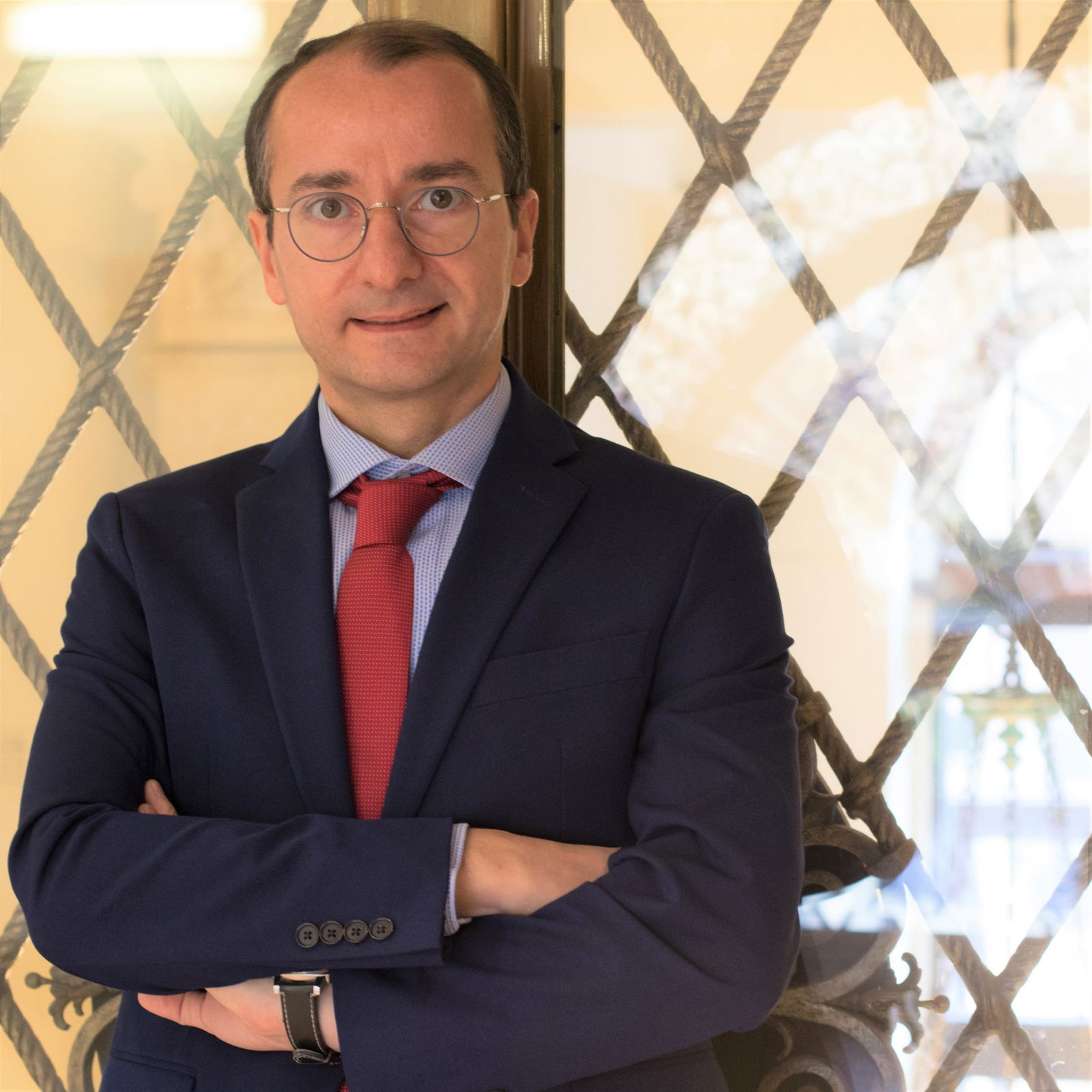Targeted for genocide and dispossession, reduced to exiles and deportees and fighting for survival and freedom, Armenians were facing the nation’s darkest moments from 1915 to 1919. Yet New Year and Christmas came, as it always did, occasioning memories of brighter days, even offering glimmers of hope. On the roads of deportation, in concentration camps and in the trenches, families and friends embraced, prayers were said and, if possible, Mass was celebrated.
This article takes us on a journey to Christmas in the time of genocide. Mining survivor memoirs and accounts, I offer snippets of often fleeting moments of celebration, hope and resilience as the New Year tolled and Armenian Christmas beckoned.
Today, the holiday season is a reminder of the losses left in the wake of the 44-day war on Artsakh—arguably the darkest period of Armenian history since World War I. It is in times such as this, that one can channel the resilience and resistance of one’s ancestors.
We stand on the shoulders of generations that repelled the deepest darkness with resistance and celebration. If they could do it, so can we.
1916: Celebrating Christmas in Marsovan and concentration camps
In January 1916, the Dildilian and Der Haroutiounian families prepared to secretly celebrate Armenian Christmas at the latter’s house, on the outskirts of Marsovan (modern day Merzifon, Turkey). This was their first Christmas since they had evaded deportation by converting to Islam. The occasion was immortalized in a rare photograph that is part of the collection of the Dildilians, famed photographers of everyday life in the Ottoman Empire. In his book, Reimagining a Lost Armenian Home, scholar Armen T. Marsoobian identifies and reconstructs the trajectories of the family members depicted in the photograph.1

Around the same time, more than 800 miles south of Marsovan, pharmacist Hagop Arsenian of Ovacık was among the survivors who greeted the New Year on the banks of the Euphrates River in the Syrian desert.2 Within days of arriving at the Meskeneh concentration camp, he fell severely ill, lost his mother (he buried her “among all the other refugees there” on December 22), bandits robbed him of his clothes and the gold coins that same evening, and yet another re-deportation loomed. In his memoir Towards Golgotha3, he recounts:
December 30, 1915. The gendarmes became active again and without any consideration for the sick and dying, they began dismantling the tents. I did not have the energy to sit, much less to walk, since I was still in a period of convalescence after my disease and in dire need of rest. But to whom was I to plead my case?
He had to comply “and joined the caravan towards unknown destinations.”
As the last day of 1915 dawned, Arsenian was once again on the deportation roads, after having camped overnight near an Arab village. “I was feeling extremely weak, the weather was exceptionally cold, and I was afraid of having a relapse.” Still, he managed to survive and the convoy reached the Dipsi transit camp by the end of the day. He writes:
January 1, 1916. On the first day of this new year, as customary, we woke up at dawn and witnessed the beautiful sunrise and welcomed the new year. With Father Arsen and Hapet Effendi Ghazarian and his brothers, Zakar Agha and other villagers, we gathered in our tent, in that deserted corner of Syria, to celebrate the new year after surviving one of the darkest chapters of the Armenian deportation. On this occasion, we exchanged good wishes and hoped that the New Year would be a good one.
It was a beautiful day, Arsenian recalled. So much so that “we took it to be a good omen and a sign for better days.” The next day, Arsenian’s aunt died. Still ailing, Arsenian “wrapped myself well and, leaning on a cane, accompanied Father Arsen, who undertook the funeral rites in a low profile ceremony. Thus we surrendered another member of our family to the treacherous desert sand…. We were haunted by a nightmare that very soon each one of us would be sharing the same fate.”
The re-deportation continued. On Armenian Christmas Eve (January 5), Arsenian arrived in the Abuharar camp “exhausted” and “in a defeated state.” He remembers:
The following day was Christmas Day. The blessed believers wanted to attend Mass on the occasion of Holy Christmas, with the hope of receiving some spiritual consolation. In that huge refugee camp… we chose a spot to celebrate mass and requested a clergyman from Akshehir to conduct the service. Of our fellow compatriots from the Ovajik Church were Mihran Papazian, Vagharshag and others who assisted in the Mass, thus filling us with a sense of joy, hope and continuity. On that day there was no Sevkiyet [deportation].
1917: Celebrating the New Year in Belemedik in Hiding
Armenian priest Grigoris Balakian welcomed New Year in 1917 in Belemedik, a village near Adana. He was in hiding with the Armenian intellectual Teotig (Teotoros Labdjindjian), both working for the German railway company. “Like me, most of these Armenian refugees were registered in the company’s official ledgers under false names… nevertheless the police found informers to reveal the identity of some of them,” he wrote after the Great War. In his memoirs, which he began writing in the immediate aftermath of the war and completed years later, he contrasted New Year’s celebrations in Belemedik among the Germans, the prisoners of war and the Armenians who were in hiding:
The Germans in Belemedik celebrated New Year’s 1917 with great pomp: there was plenty of food and drink, including beer and wine and even champagne—hundreds of glasses of champagne were emptied in toasts to the ultimate victory of Germany. We Armenians, however, passed the festive days within the confines of our huts, mourning and feeling like orphans. The hundreds of Russian, French, and Italian prisoners of war in Belemedik also spent the New Year in a melancholy frame of mind. But we Armenians felt not just melancholy but grief; the prisoners of war had the hope of seeing their loved ones again, but our beloved relatives had been martyred and had gone to eternity leaving us inconsolable.
We who were left alive felt like pitiful wrecks, somehow still dragging our useless selves on; we envied those who had died … who, having paid their debt, were now resting forever. Meanwhile we remembered happy New Year celebrations of the past, with tables laden with fruit and anushabour; surrounded by our loved ones, we had heartily wished one another Happy New Year and Merry Christmas. Would we ever see the old, happy days again?4
The answer to this question was somewhat positive for some members of the Der Haroutiounian and Dildilian families, for Hagop Arsenian, and for Balakian himself. They survived and, scattered around the globe, helped rebuild their communities. With their writings and photographs, they also kept alive the memory of the people who did not survive to see another Christmas, and the places that remained inaccessible behind the borders of the Turkish Republic.
1919: First New Year after Ottoman Turkish Defeat
Karnig Panian was dragged into an orphanage in Antoura (modern-day Lebanon), where the administrators followed a policy of systematic Turkification. In this notorious institution conceived by Cemal Pasha, who reigned supreme over Ottoman Syria, Armenian children were forced to speak Turkish only, were circumcised, given Muslim names and subjected to religious and political indoctrination. Panian’s memoir and multiple other accounts that corroborate it paint a grim picture of abuse and terror that lasted throughout the war. With the Ottoman defeat and withdrawal from Syria late in the fall of 1918, the orphanage administrators packed and fled, and the children who had survived were now free. “We once again felt like a part of humanity, a part of the Armenian nation,” writes Panian in his memoir. The orphans were thrilled when, a few months later, Santa Claus came. Panian narrates:
On New Year’s Eve, the staff organized a celebration. There were delicacies, songs, a beautiful dance performed by one of the teachers, and even a visit from Santa Claus. He gave us all stockings full of confections, raisins, walnuts, almonds, and dried fruit. There was no limit to the orphans’ joy. We remembered how back home, on New Year’s Day, we would go from home to home, gathering gifts. Those old, happy days seemed to be coming back.5
Here it is again: the same references to “old, happy days.” As if in response to Grigoris Balakian’s question, Panian, a child survivor, looked to the future with optimism and hope. Hope that would make rebuilding the nation—largely on the shoulders of orphans and widows—possible.
Panian, whose Armenian identity was targeted for erasure, became a celebrated educator at the Armenian Lyceum (Djemaran) in Beirut. His daughter Houry Boyamian is the principal of St. Stephen’s Armenian Elementary School in Watertown, MA. And when on December 20, I saw the images of the school’s Christmas celebration and Santa’s visit on Ms. Boyamian’s Facebook page, I imagined her father, as a child survivor, celebrating with Santa more than a century ago, and then embarking on the next difficult task: rebuilding the nation.

________________________
1 Armen T. Marsoobian, Reimagining a Lost Armenian Home: The Dildilian Photography Collection (London: Bloomsbury Publishing, 2017), 220-246.
2 For a detailed exploration of the concentration camps in the region, see Khatchig Mouradian, The Resistance Network: The Armenian Genocide and Humanitarianism in Ottoman Syria, 1915-1918 (Lansing: Michigan State University Press, 2021).
3 Hagop Arsenian, Towards Golgotha: The Memoirs of Hagop Arsenian, a Genocide Survivor, trans. Arda Arsenian Ekmekji (Beirut: Haigazian University Press, 2011), 109-118.
4 Grigoris Balakian, Armenian Golgotha: A Memoir of the Armenian Genocide, 1915-1918, trans. Peter Balakian and Aris Sevag (New York: Knopf, 2001), 324-325.
5 Karnig Panian, Goodbye, Antoura: A Memoir of the Armenian Genocide, trans. Simon Beugekian (Stanford: Stanford University Press, 2015), 149-151.



Thank you for this piece, Khatchig.
The story entitled «Կաղանդ» (“New Years Day”) from Tzarukian’s «Մանկութիւն չունեցող մարդիկ» (“Men Without Childhood”), which describes the lives of Armenian Genocide orphans at the Aleppo orphanage, comes to mind. In just a few pages, Tzarukian perfectly describes the joys and sorrows of that generation. For those who haven’t read it, I highly recommend it.
Thank you so very much for this very interesting article!
Thank you, Khatchig, for this hopeful reminder that even after enduring such extreme destruction, pain, and loss, our ancestors held hope which empowered them to emerge, rebuild lives, families, communities, and experience happiness.
Great article!
Thank you for this article!
Saddens me the horrors of the Genocide. Scares me to see the same desire to cleanse Armenia from its lands. Revolts me similar indifference from the world exists today.